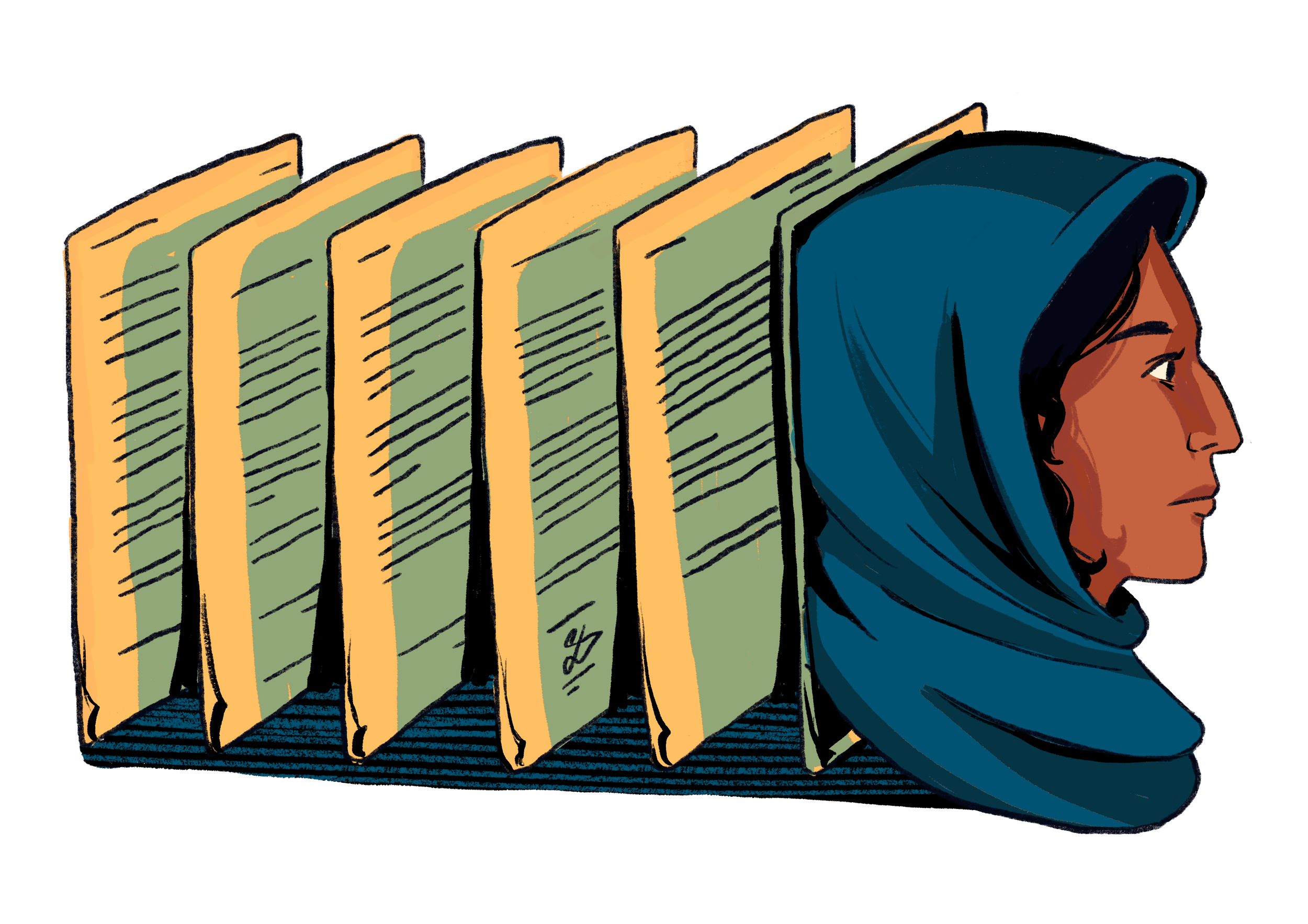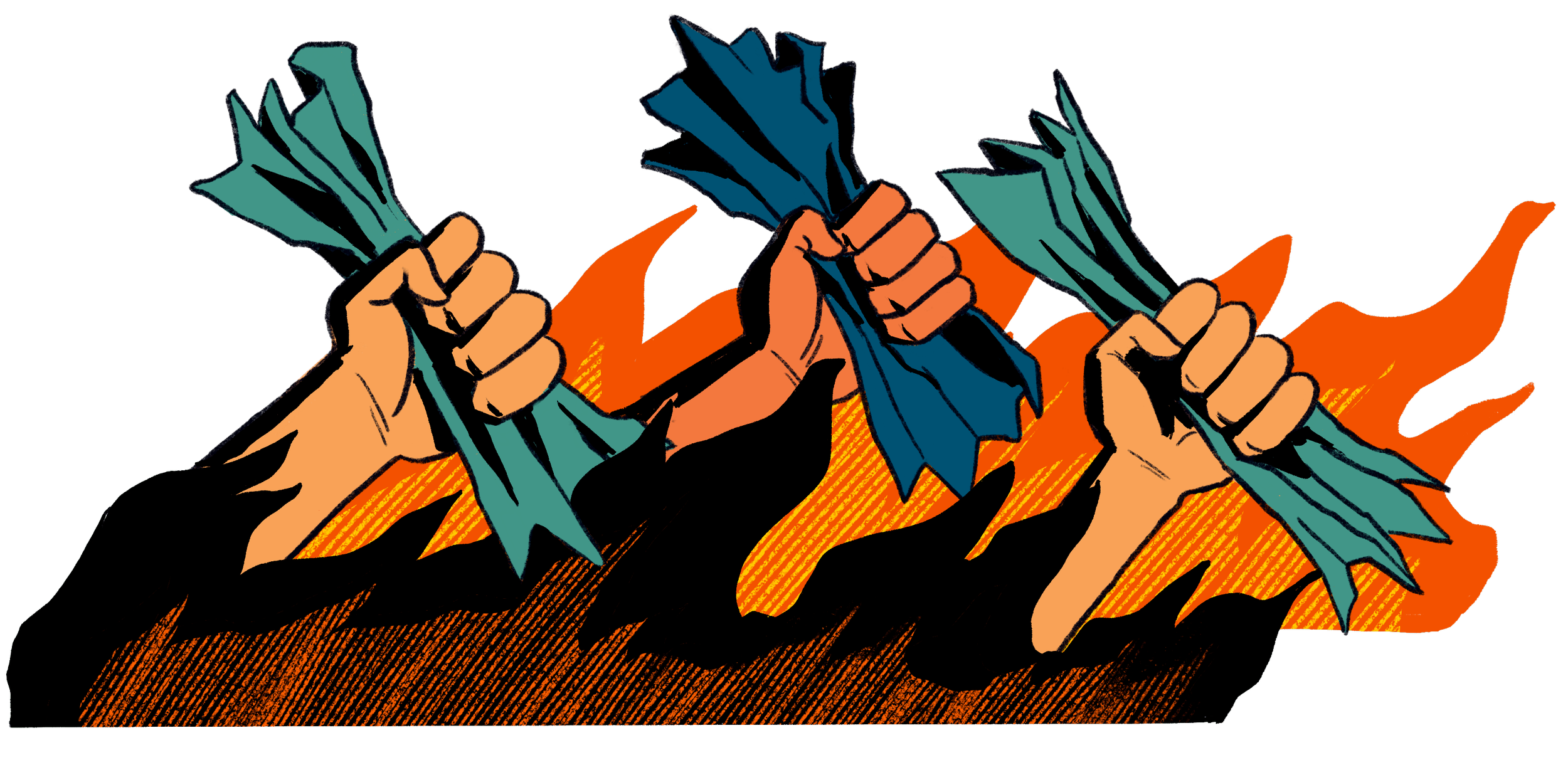Data Justice in context OR the call to refuse to show one’s papers in India
Nayanika Mathur
I am interested in understanding the questions of how do we understand what constitutes “data” – especially in material form – for the Indian state, as well as how might claims of “data justice” be voiced. In this brief write-up I combine the two by focusing on street protests that erupted across India over 2019-2020 after the passage of the Citizenship Amendment Act over the winter of 2019.
The CAA protests were twinned with anger against a new register of citizens – the National Register of Citizens (NRC) – that was to be ushered in immediately after this amendment to the Indian constitution. There are complex historical and political reasons why these conjoined twins are what I have elsewhere described as bureaucratic paper monsters, and why they are so clearly a threat to the secular nature of the Indian state. Here, I want to reflect briefly on the wordings of a poster that was seen often at these protests, in which I had also participated: “hum kaghaz nahin dikhaenge” or “we will not show the papers”. This became a rallying cry of the protests, and several videos/songs were modeled on this. For instance, see:
The data here were papers of various forms: land deeds, IDs, stamps, and so on that would allow an individual to claim citizenship of the India state under the new regime ushered in by the CAA (a law) and the register (NRC). The ambition of these evil conjoined twins is quite simply to strip away Muslims – especially those who live in border regions, but not just them – of claims to belonging to India, a project that is a piece with the Hindu majoritarianism of the ruling BJP (Bharatiya Janata Party). But, as I also note in my short essay on the NRC above, the fallout is – and will be – extremely grave for a range of people, not just Muslims.
In such a moment, the slogan – we will not show our papers – and its utterance in the public by crowds of protesters as well as in some prominent speeches, performs “date justice” in a sharp, condensed manner. Compressed inside this phrase is a deep understanding of how the Indian state is using its instruments – law, quotidian bureaucracy, material substances that carry the aura of the state on them – to enact a form of violence that is breathtaking in its scope, even as it is quite banal in the manner in which it comes into being (though routine, boring bureaucracy of a form that all Indian citizens are very familiar with).
In terms of visually representing this take on data justice, perhaps we could consider the reams of paper that constitute the data that allows individuals to claim belonging to a political body, even if not full citizenship to a state. And what idea of justice are embedded in a refusal to show these papers, in the face of oppressive new legal amendments and the introduction of new registrations systems.
Finally, there were many people who would have no problem ‘proving’ they are Indian in the NRC – due to their privileged caste, class, religion, gender, or regional affiliations. Yet, they too participate in this call to refuse to show their papers, thus performing a politics of solidarity that draws upon ideas of the Indian state as one that belongs to everyone, irrespective of religion, caste, and origins.



